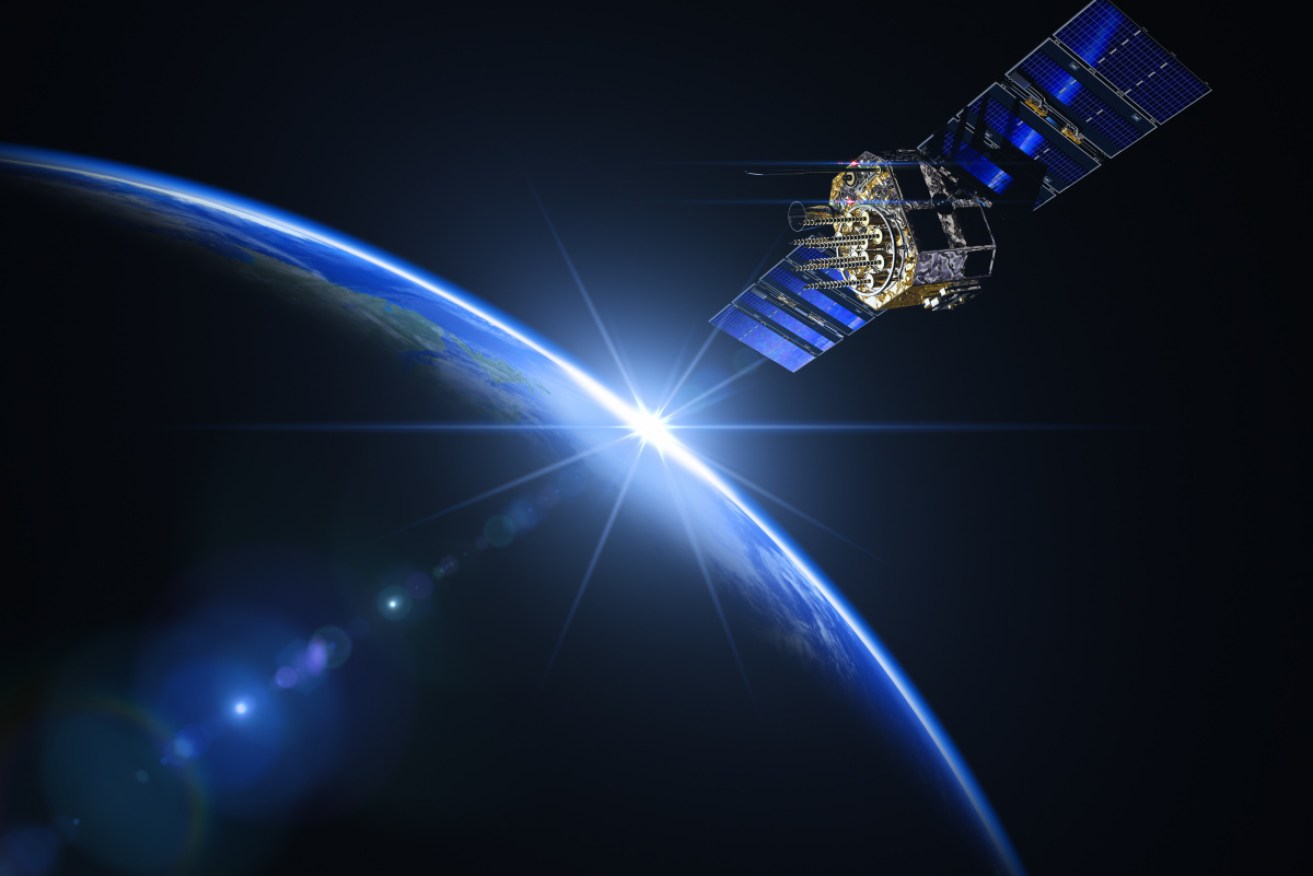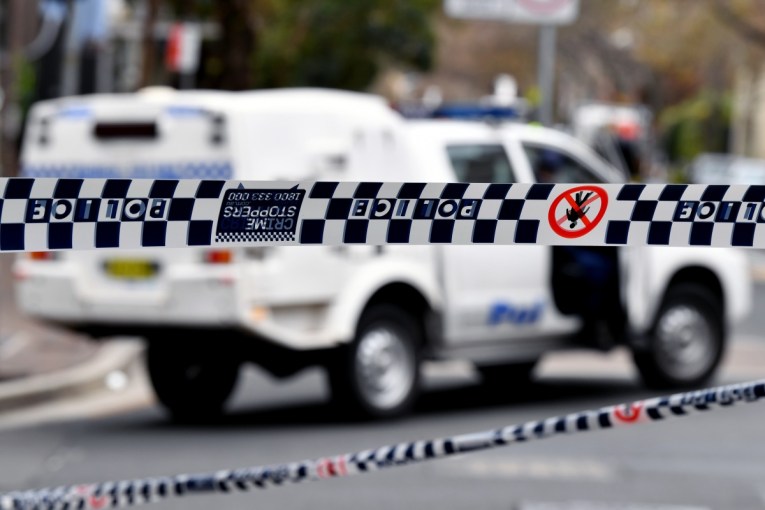Snail’s pace: How the Australian government risks losing the new space race


A new comet is set to zoom past the Southern Hemisphere in December and January. Photo: Getty
As the Australian Prime Minister rubbed shoulders with fellow world leaders at the G7 summit in the French city of Biarritz at the weekend, there was one national point of pride that came up repeatedly in conversation.
Scott Morrison declared he was “thrilled” that Australia’s new space agency was being recognised and welcomed by the leaders of the world’s biggest economies.
But while our entry to the global space race is laudable, and offers undeniable opportunities for local technologies and talent, experts say a lack of government investment is holding back our potential.
Professor Andrew Dempster of the Australian Centre for Space Engineering said while he wasn’t surprised the space agency was mentioned at G7, expectations of its capacity needed to be realistic.
“A bit of expectation management needs to be done there. Given the amount of government commitment, they can’t expect too much,” Dr Dempster said.
“The budget was $41 million: $25 million goes to salaries, $16 million goes to a program, which is limited to projects that involve international agencies,” he said.
“There’s $16 million on space projects. None of the agencies we deal with deal in numbers that small.
“That’s spread over three years. It worryingly small in some ways.”
The Australian space agency came up at G7 during Mr Morrison’s meetings with British Prime Minister Boris Johnson and outgoing Italian Prime Minister Giuseppe Conte, who both indicated their countries were keen to team up with Australia on extraterrestrial matters.
“People are noticing what Australia is doing and they want us to be part of what’s happening at this level,” Mr Morrison said.
“I was particularly pleased that Australia’s actions on establishing the national space agency … in Adelaide has actually been noticed and I’m thrilled about that,” he said.
Australia has a long history with space and rocketry, establishing the Woomera Rocket Range in 1947 and playing a key role in monitoring and broadcasting the 1969 Apollo Moon landing.

A rocket launch from Woomera, South Australia in 2017. Photo: Australian Defence
Australia is now resetting its sights on space at a time of unprecedented activity in the aerospace industry.
Gone are the cold war days, when Russia vied with the US to win the great space race. Now 70 countries have satellites orbiting Earth.
Last week, the Philippines became the latest nation to create its own space agency, joining Turkey and Australia in launching agencies in the past 18 months.
Dr Dempster highlighted the success of the broader industry, which is made up of almost 700 private organisations and contributes about $4 billion annually to the global economy.
“I think there’s a bit of confusion. It’s nice the agency exists, but it hasn’t driven anything yet. It exists because of the industry, not the other way round,” he said.

The Australian Space Agency has taken up residence in a former hospital. Photo: ASA
If you can’t beat them, join them
Industry Minister Karen Andrews said Australia’s space agency was not about becoming another NASA, but about building partnerships.
“The ASA started just over 12 months ago and they have been focused on developing a relationship with other space agencies,” Ms Andrews said.
The space agency has already signed co-operation partnerships with Canadian, French, British, European and Emirati space organisations.
Highlighting the partnerships between Britain and Italy, which are focused on robotics, artificial intelligence and debris monitoring, Ms Andrews said they were opportunities to put Australian businesses on the world stage.
“We will be wanting to work with the UK so that we can combine our research capabilities but also look at what we can do with the supply chain,” she said.

The Artemis project involves sending people to live on the moon. Photo: NASA
The space agency has also been talking with NASA about Artemis – the project to return people to the Moon by 2024, and develop a sustainable human presence there by 2028.
One of the most important reasons for developing Australia’s space capabilities is to safeguard its sovereign capabilities, Peter Nikoloff, co-founder of defence, aerospace and satellite communications company Nova Systems, told The New Daily.
“Australia relies on other people’s satellites and free access to data – that’s a critical sovereign capability we don’t have,” he said.
“If something goes wrong we’re left vulnerable.”
Mining the Moon to get to Mars
A big part of Australia finding its feet and its niche in this new era focuses around mining.
It costs $1.2 million to send a kilogram of cargo into space, “so if we could mine the water on the Moon, we can make deeper missions to Mars a lot cheaper”, Dr Dempster said.
“You can split hydrogen and oxygen and use it for rocket fuel. So you can use it to travel around space,” he said.
Dr Dempster said Australia was ideally positioned to be the country that pulled off this valuable Moon mining.
“We have the best mining engineers and mining research. If you’re going to extract water, we’ve got strong building blocks,” he said.

Artist’s concept of a future Moon landing carried out under NASA. Photo: NASA







